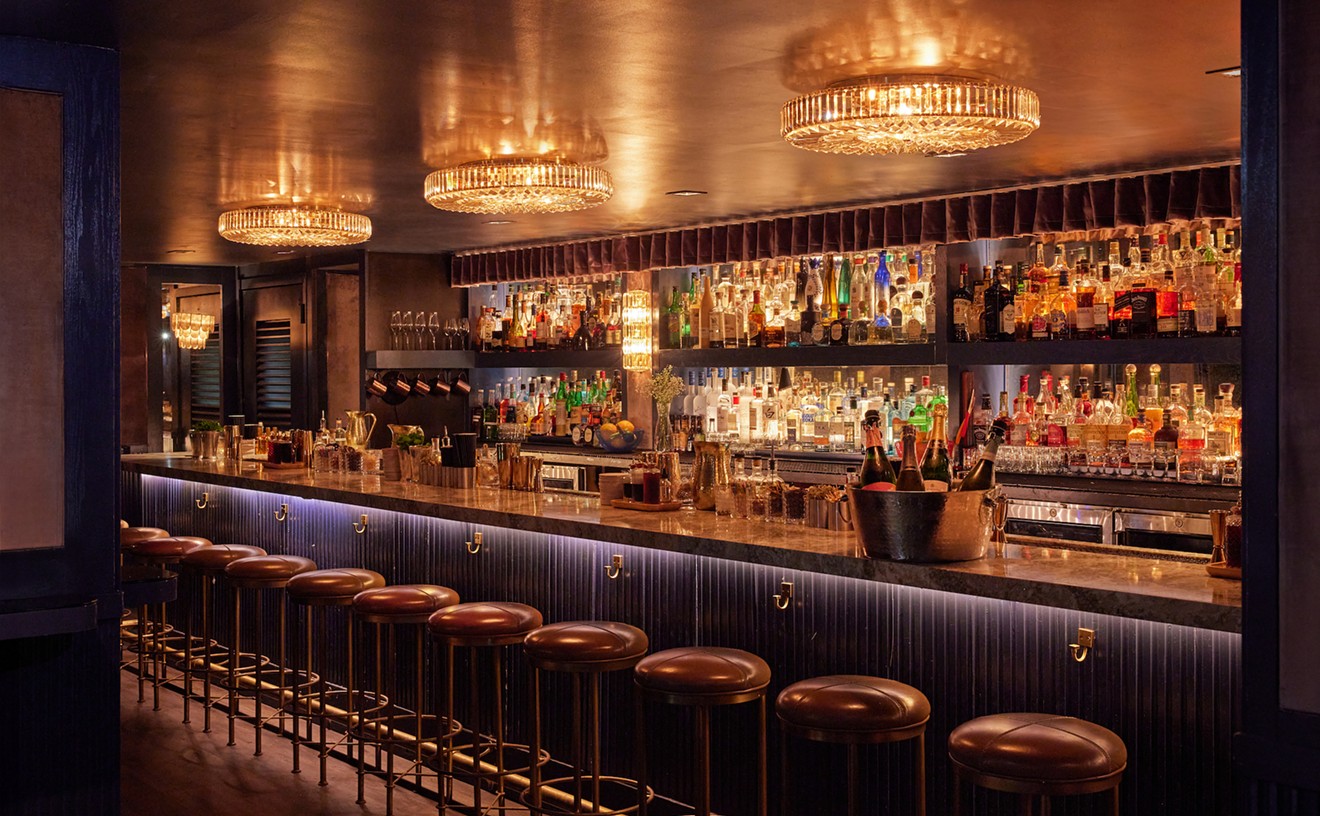It's no secret that New Orleans exists in its own time and space. It's a city that leases burial vaults to the dead for a year and a day (after that a corpse in a NOLA cemetery is pushed to the back to make room for another, fresher body) and follows Napoleonic Code in its legal system. It's also a city that considers eating, drinking, and music necessary to life. New Orleans is less city and more living entity. Once you fall in love with her, you fall hard and there's no turning back.
I'm not sure Anthony Bourdain is in love with New Orleans. I don't ever picture him living there, taking it easy, rolling with the punches, enjoying the humidity and the slow Southern pace. But I do picture New Orleans as his mistress. Bourdain, after all, is a writer and consultant for HBO's Treme, set in New Orleans, and has done a fair share of shows about the Crescent City. So where will he visit while filming The Layover, his Travel Channel show that caters to tourists rather than adventurers?
As Tony touches down at Louis Armstrong Airport, he hops a cab (about $30 to the French Quarter) and notes the sign that states they'll be a $150 cleanup fee for vomiting. Because that's what most tourists come to New Orleans for -- drinking grenades and hurricanes on Bourbon Street until they puke on their shoes (or in a taxi) and pass out on the urine-soaked sidewalk (as a local once pointed out to me --those are not rain puddles in the French Quarter). As a result, most tourists miss so much about this strange and poetic city.
Tony checks into the Ritz-Carlton, not the Monteleone, the Roosevelt, or even Le Pavillon (which claims several resident ghosts including a Confederate soldier) and takes a cab to the Crab Trap on Lake Pontchartrain for fresh-from-the-water barbecue shrimp sauteed in butter, garlic, black pepper, and worcestershire sauce. Sadly, Tony informs us that this little locals gem was damaged by Hurricane Isaac after filming and would probably still be closed by the time this airs. Which gives us another clue why the people of this city live so largely and love their city so fiercely -- in its time, it's been ravaged by fire, its people have been wiped out by illness, and it's been in the path of far too many deadly hurricanes -- including Katrina, which threatened to destroy the city forever.
Tony speaks to two of NOLA's finest restaurateurs -- Donald Link (owner of Cochon, Herbsaint, and Butcher) and John Besh (owner of August, Domenica, Besh Steak, Borgne, Luke, and The American Sector) -- about Katrina. Link says that though there are parts of the city that still need work, "the city has become a different city. It's alive. It feels like the city it's always meant to be."
John Besh agrees over a steaming bowl of broth at Pho Tau Bay in the Westbank. "Hurricane Katrina changed everything for me," he says. "Before the storm, August was all about winning awards and cooking for my ego. After the storm, it was all about doing what I could. Chain restaurants pulled out and left a hole. I saw it as an opportunity to grow." Besh's restaurants, by the way, run the gamut from five-star dining (August) to pizza (Domenica) to vintage soda fountain (Soda Shop at the National World War II Museum).
When in New Orleans, there will be drinking involved, and our friend Tony samples sazaracs at the Sazarac Bar with New Orleans musician Davis Rogan, has a French 75 at its namesake bar inside Arnaud's, and a frozen hangover-in-the-making at New Orleans Original Daquiris (which is really the Fat Tuesday's chain, people). I would, of course add the Hermes bar at Antoine's, Napoleon House, the Carousel Bar at the Monteleone, and The Spotted Cat for not-to-be-missed drinking establishments in the Big Easy.
Tony asks Rogan what would be his last meals in New Orleans."Stewed tomato and okra, gumbo, crawfish, fried oysters, and raw oysters." "No red beans and rice?", Tony says. "Had enough of it. That's the first thing we learn to make as kids."
You can't go to New Orleans without listening to music, and Tony goes to the Maple Leaf Club to listen to the Rebirth Brass Band. I've heard them at One Eyed Jack's and they're pretty amazing. Don't miss them. And put a few bucks in when they pass the hat. They deserve it.
Po' Boys at R&O's in Bucktown, breaded pork cheeks at Cochon, and tacos off one of the city's few food trucks and it's time for some dive bars like Snake and Jake's, where it's Christmas all the time (if your version of Christmas is more Bad Santa than It's a Wonderful Life).
As the clock ticks down toward the inevitable end of the weekend, we should leave on the sage advice of local resident, self-proclaimed dancer, and Mardi Gras queen, Jennifer Jones, who reminds us, "don't
drink too much. Locals take breaks, go home, take a shower, and come back. It's a 24-hour
city. Be moderate."
Which, in New Orleans, is open to much interpretation, indeed.
Follow Laine Doss on Twitter @LaineDoss and Facebook.
Follow Short Order on Facebook, on Twitter @Short_Order, and Instagram @ShortOrder.











